Bauhaus: Ninety Years of Inspiration
Inspired by a vision of bringing artists and craftsmen together to start a movement in art which would change the future of the world, Walter Gropius opened the doors to Bauhaus. The year was 1919 when Gropius founded Staatliches Bauhaus Weimar. Germany was bankrupt after a devastating World War I and the younger generation was eager to make positive changes.
“Architects, painters, sculptors, we must all return to crafts! For there is no such thing as "professional art". There is no essential difference between the artist and the craftsman. The artist is an exalted craftsman. By the grace of Heaven and in rare moments of inspiration which transcend the will, art may unconsciously blossom from the labour of his hand, but a base in handicrafts is essential to every artist. It is there that the original source of creativity lies.
Let us therefore create a new guild of craftsmen without the class-distinctions that raise an arrogant barrier between craftsmen and artists! Let us desire, conceive, and create the new building of the future together. It will combine architecture, sculpture, and painting in a single form, and will one day rise towards the heavens from the hands of a million workers as the crystalline symbol of a new and coming faith.”
— Walter Gropius
Gropius named the school Bauhaus, which is the transliteration for building house, but according to the Bauhaus-Universität Weimar, it stands for “an eagerness to experiment, openness, creativity, a close link to industrial practice and inter-nationality.”
We hope you too can experiment with the creativity of art and be inspired by the Bauhaus movement. Please visit the sites of the artists and sources by clicking on the images or titles.
Bauhaus The School And The Style
Every generation seems to have extreme changes which influence life one way or another. Even though contemporary styles had come into play before Gropius opened the school, the Bauhaus movement was considered a radical step towards modernism.
During the 14 years of existence, Bauhaus was operational in three separate locations: Weimer, Germany from 1919–1925, Dessau, Germany from 1925–1932, and Berlin, Germany from 1932–1933. With each move of the school, some programs were added while some dropped. It was required for all students to complete a preliminary course covering theoretical aspects and practical perspectives before continuing onto the specialized workshops.
Bauhaus Dessau

Bauhaus And The Master Instructors
Bauhaus selected some of the best talent from each trade to become Master Instructors. Not only did they teach the student, they motivated and inspired.
Josef Albers, a Master Art Instructor at Bauhaus once said:
“Each color has different properties both as color and as buttery paste. Each has a different density; in spite of this, I want them all to behave; to do what I want and not what they want... One must taste and taste in order to cook just right... Until one has the experience of knowing he is being fooled by color, one cannot be expected to be very careful to look at things inquiringly. Only comparison entitles one to evaluation... I want to imbue others with my delight in the endless possibilities for new color experiences.”
Bauhaus in Art (paintings and drawings)
During this era, Kandinsky was best known for his geometric shapes in his art work. Using circles, squares, triangles, zig-zags, and blocks, he was able to visually express his creativity. One of his favorite shapes was the circle as you’ll notice in much of his work. He found more inner potential in the circle than with the other shapes. His most important piece while at Weimer was the ‘Yellow Red Blue’ from 1925 when he used the three primary colors to show the complex diversity within the color relationship. While all of Bauhaus’ Master Instructors were amazing and all had their own unique style, they appeared to have much interest in color theory.
“Color has taken possession of me; no longer do I have to chase after it. I know that it has hold of me forever... Color and I are one. I am a painter.”
— Paul Klee
Gelb Rot Blau by Wassily Kandinsky
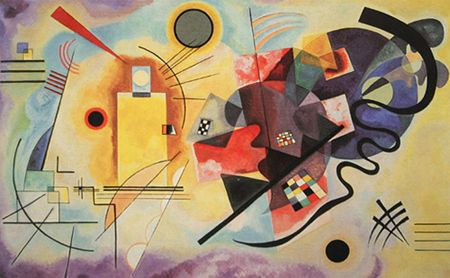
Black Relationship by Wassily Kandinsky

Black Frame by Wassily Kandinsky
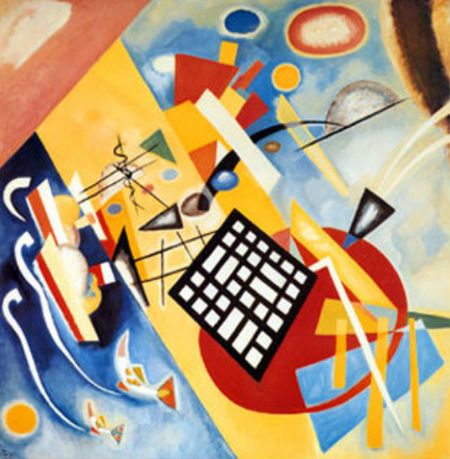
Bauhaus Style Design

Gravitation by Wassily Kandinsky
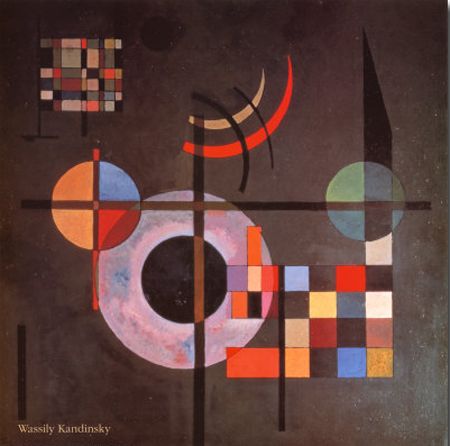
Contrasting Sounds by Wassily Kandinsky
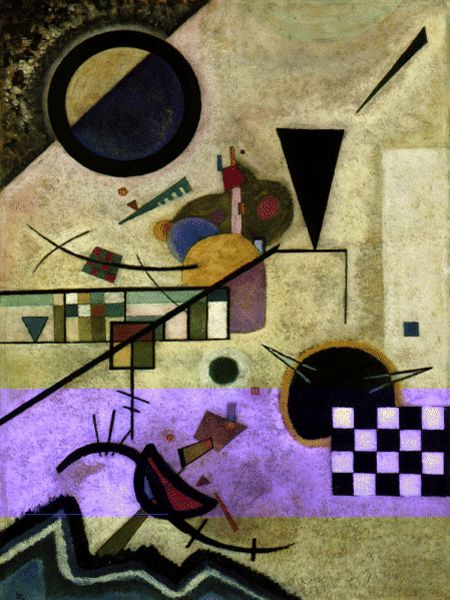
Small Worlds II by Wassily Kandinsky
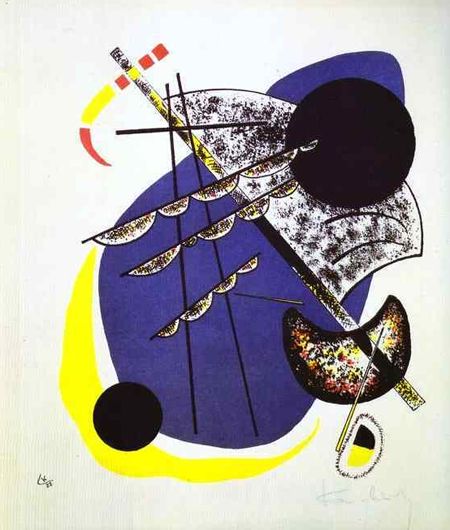
Homage to Wassily Kandinsky
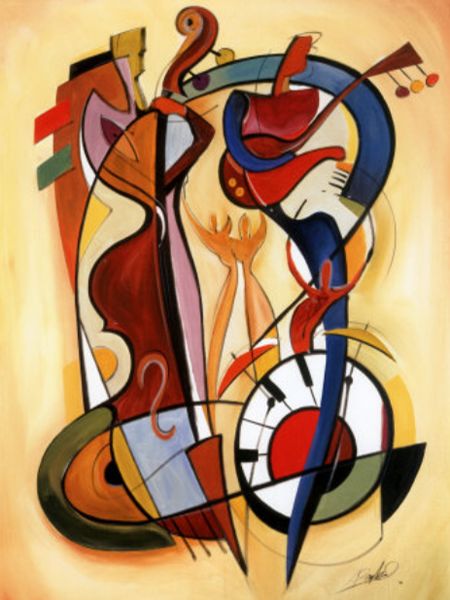
Schlangenbeute c.1926 by Paul Klee

El Lissitzky “Proun”

Ballet Costume Models

Bauhaus In Typography
It wasn’t until the summer of 1923 when a poster was made for the school that intrigued others to notice the unique typeset and design. Effective visual communication was a main focus when designing. You will see a balanced layout, vibrant colors, harmony, geometric shapes strong bars, bold and universal type. Using upper case or lower case fonts, but not a combination of the two, the typeset was clear and concise. The type was laid out in various ways. In addition to being horizontal and vertical orientation, Bauhaus is well-known for placing text at angles and also wrapping text around objects.
As the legacy continues, Bauhaus style typography is still used in modern day designs and posters. You will find their style on album covers, posters for movies, events, and signage. One of the most notable was a print designed for the Obama Presidential Campaign, a rally which was held in Berlin. It’s only a speculation, but using the Bauhaus influenced design could have been Obama’s way to show respect and appreciation for the people and the country.
Bauhaus Inspired

Reflections

Utopia

Bauhaus Redneck by Sir Rudolph
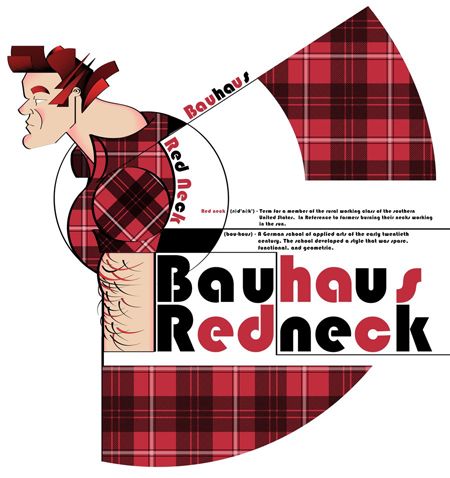
Where Form Meets Function by Danakaita
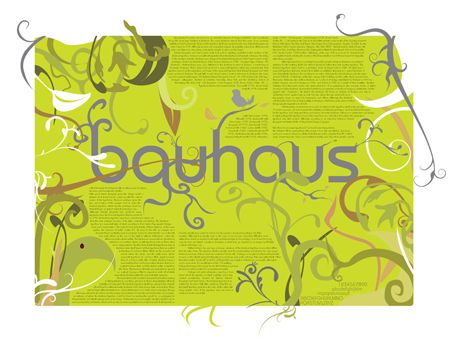
Joost Schmidt Inspired Poster
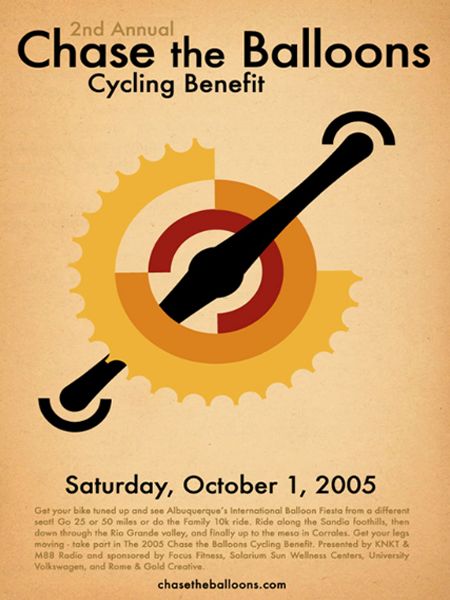
Charlie Chaplin Bauhaus Style

Nejmensi Dum

Ocean’s Twelve Poster
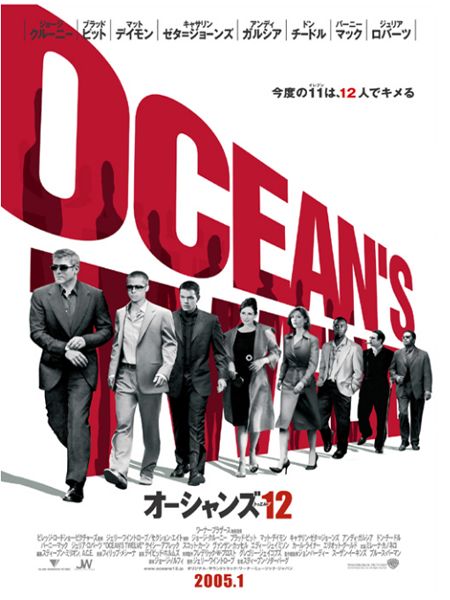
Bauhaus Inspired Design

Die Kameliendame

Euro Inspired by Bauhaus
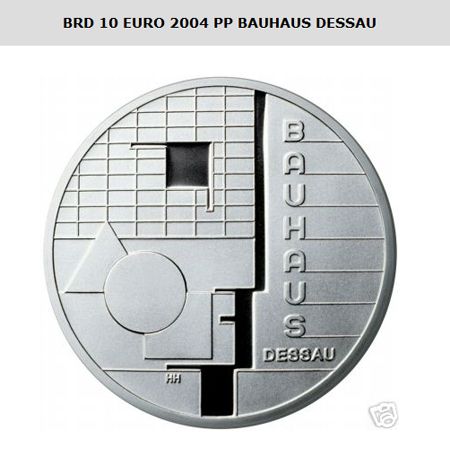
Lissitzky Inspired Poster

PREIS LIST No. 2
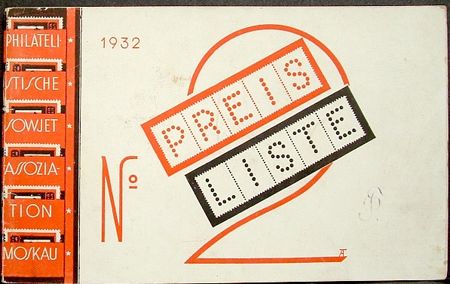
Merz Magazine Cover by El Lissitzky
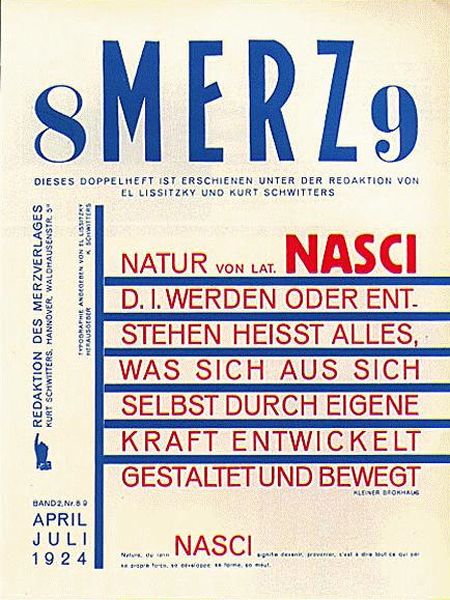
El Lissitzky

El Lissitzky

“Chad Gadya” by El Lissitzky
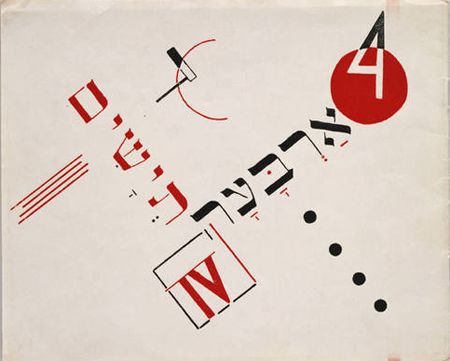
75 Years Bauhaus Designs
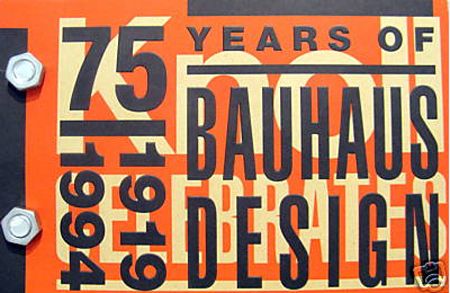
Deutschland Stamp
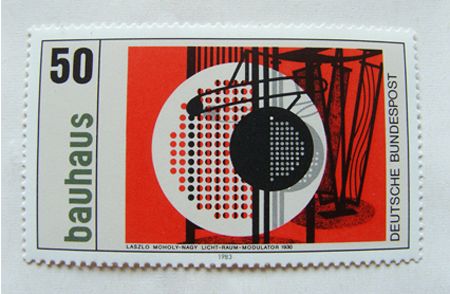
Deutschland Stamp
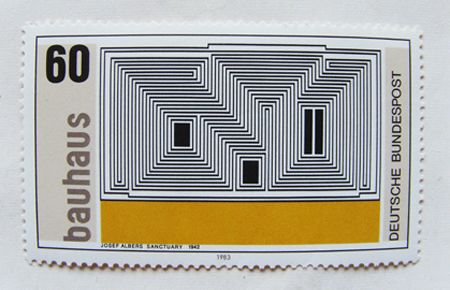
Deutschland Stamp
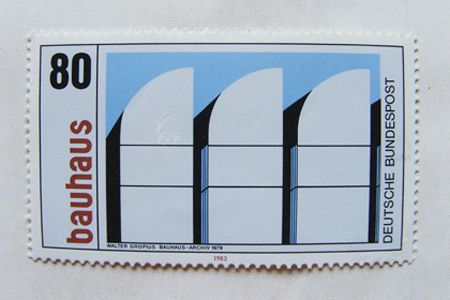
Bauhaus Inspired Concert Poster

Reflections

Utopia

Bauhaus Nude by Sharkaholic

Niendorf Store Signage

Where Form Meets Function by Danakaita

Bauhaus Redneck by Sir Rudolph

Where Form Meets Function by Danakaita

Joost Schmidt Inspired Poster

Charlie Chaplin Bauhaus Style

Nejmensi Dum

Ocean’s Twelve Poster

Bauhaus Inspired Design

Die Kameliendame

Euro Inspired by Bauhaus

Lissitzky Inspired Poster

PREIS LIST No. 2

Merz Magazine Cover by El Lissitzky

El Lissitzky

El Lissitzky

“Chad Gadya” by El Lissitzky

75 Years Bauhaus Designs

Deutschland Stamp

Deutschland Stamp

Deutschland Stamp

Deutchland Stamp
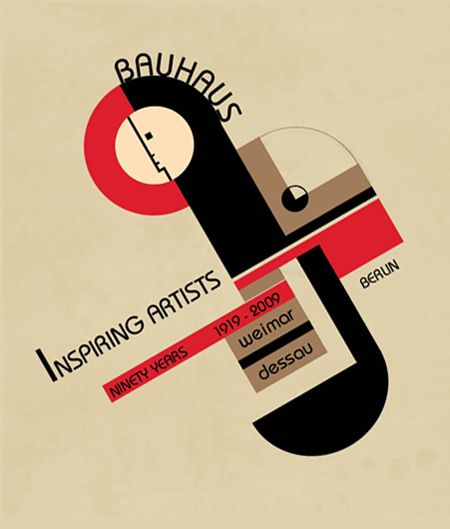
Bauhaus in The Crafts and Architecture
Many of us have seen Bauhaus’ famous teapot, ashtray, cradle, and even the chess set by Josef Hartwig carved out of pear wood, but one of the most beautiful pieces was the “African Chair” crafted by then student Marcel Breuer and Gunta Stölzl. The throne-like chair has a colorful weave wrapped around a painted wood frame. The “African Chair” now finds its home at the Bauhaus Archive in Berlin.
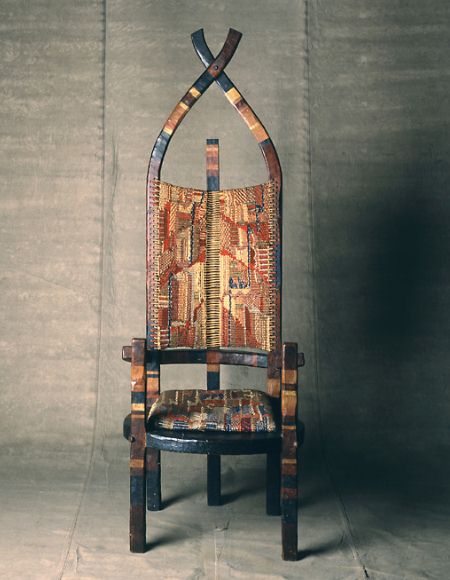
Leaning away from the old Gothic architectural styles of Germany, Bauhaus exhibited a more simplistic approach. Modernism left out the decorative ornaments and trims which had no functional purpose. The new designs showed you can have style and cost effectiveness all in one.
Towards the end of Bauhaus’ days, an abundance of refugees moved to Tel Aviv. It is there where this new modern style of architecture was planned and executed for over 4,000 buildings. They needed something fast and cheap to build, and the Bauhaus style fit the bill. Eighty years later, the majority of those buildings still exist. This caused Tel Aviv to be named a UN Heritage Site for hosting a now rare architectural style in such a concentrated area.
Ninety years later, the influence from Bauhaus, the Master Instructors, and students, continue to inspire others around the globe.
You may want to take a look at the following related posts:
- Lessons From Swiss Style Graphic Design
- Vintage and Retro Typography Showcase
- Retro Futurism At Its Best: Designs and Tutorials
- Breathtaking Typographic Posters


 Get a Free Trial
Get a Free Trial Register For Free
Register For Free

 Devs love Storyblok - Learn why!
Devs love Storyblok - Learn why! JavaScript Form Builder — Create JSON-driven forms without coding.
JavaScript Form Builder — Create JSON-driven forms without coding.


